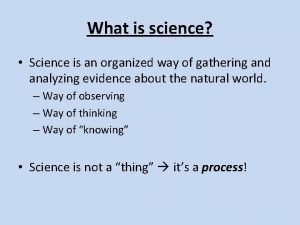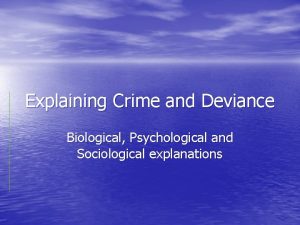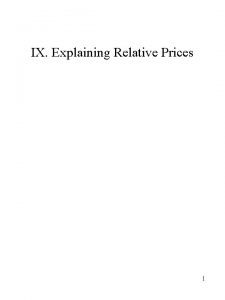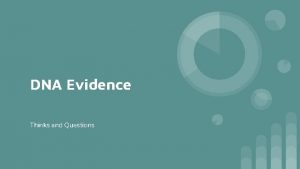EXPLAINING EVIDENCE EXPLAINING EVIDENCE When you are analyzing


![EXPLAINING EVIDENCE SENTENCE STARTERS • This [shows/proves/explains/] that… • When (the author) [writes/says/states/explains] that EXPLAINING EVIDENCE SENTENCE STARTERS • This [shows/proves/explains/] that… • When (the author) [writes/says/states/explains] that](https://slidetodoc.com/presentation_image_h2/94acd924aa12c4c3342d3e432b3f8aff/image-3.jpg)




- Slides: 7

EXPLAINING EVIDENCE

EXPLAINING EVIDENCE When you are analyzing, think about and answer the following questions: • WHY did you include that evidence? What does it show or explain? and: • HOW does your evidence explain or prove your claim (and thesis statement)?
![EXPLAINING EVIDENCE SENTENCE STARTERS This showsprovesexplains that When the author writessaysstatesexplains that EXPLAINING EVIDENCE SENTENCE STARTERS • This [shows/proves/explains/] that… • When (the author) [writes/says/states/explains] that](https://slidetodoc.com/presentation_image_h2/94acd924aa12c4c3342d3e432b3f8aff/image-3.jpg)
EXPLAINING EVIDENCE SENTENCE STARTERS • This [shows/proves/explains/] that… • When (the author) [writes/says/states/explains] that ______, this [proves/shows/means]… • In other words… • This implies that… • One could infer that…

EXPLAINING EVIDENCE Things to Think About When Analyzing Your Evidence/Examples (They might not all make sense for every type of evidence or topic): • What pattern(s) did you notice? • What predictions could you make or what can you and the reader infer or assume about the evidence? • How does your evidence compare and/or contrast to other evidence, opinions, ideas, or examples (that either you or someone might have)? • Did you make any discoveries or have any “A-ha!” moments when you looked at the evidence? • What’s the big picture? Why should your reader care about what you are trying to explain?

EXPLAINING EVIDENCE *Remember: Unless your teacher has approved to do so, DO NOT use “I”, “Me”, “My”, or “You” statements in your informative/explanatory or argumentative writing. Instead of saying: “I think this evidence proves my claim because. . . ”, you could write: “This evidence proves the claim that. . ”

EXPLAINING EVIDENCE Inference: Milo is indecisive. Evidence: In Scene 1 of Act One, the CLOCK explains MILO’s character by stating, “Wherever he is, he wants to be somewhere else – and when he gets there, so what. Everything is too much trouble or a waste of time. Books – he’s already read them. Games – boring. T. V. – dumb. What’s left? ” (710) Explanation: The CLOCK’s statement reveals how MILO’s actions portray an indecisive character. No matter where he is, what he is doing, or what activities present themselves to him, he is unsatisfied. Indecisive people, such as Milo, can be given so many options, but it will never be enough for them.

EXPLAINING EVIDENCE Find your three strongest pieces of evidence and explain why they are the best pieces of evidence to say that your character is that personality trait.













